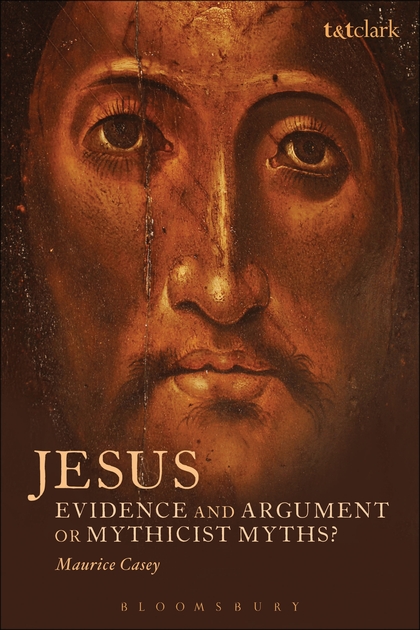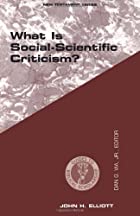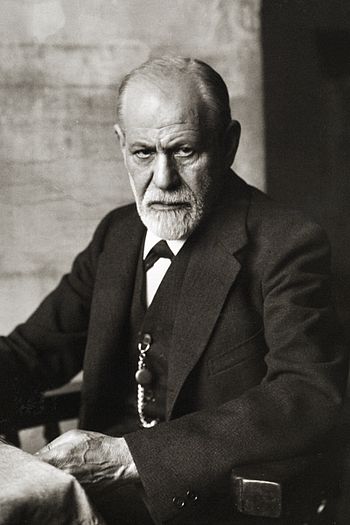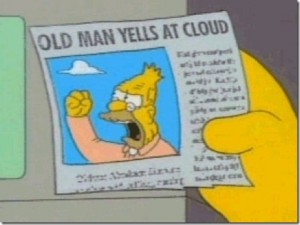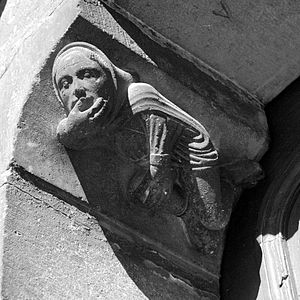This is a followup to my previous post, Casey’s Mythicist Myth Busted, where I set out Casey’s list of
the most influential mythicists who claim to be ‘scholars’ today (p. 10)
Casey’s list counted seventeen names. Of those seventeen we saw that six were not mythicists at all (e.g. Bart Ehrman) and one was deceased some years before Casey even began to write his draft for his book.
For easy reference I set out here in two tables the names of
- genuine contemporary mythicists along with their religious backgrounds,
- others who raise the question of mythicism or examine Christian origins without reference to assumptions of a historical Jesus.
Three possible conclusions to be drawn from these tables (updated 10th March):
- Liberal religious backgrounds are twice as likely as American Fundamentalism to breed future mythicist or mythicist sympathizers (15 to 7);
- Ex-fundamentalists who are mythicists are more as likely to be favourably disposed towards Christianity as disinterested in or opposed to it;
- Pending further investigation, it appears that American Fundamentalists are the least likely to gravitate towards mythicism or mythicist sympathies than those with liberal or no religious backgrounds.
I’m tongue-in-cheek, of course. But the tables do demonstrate that claims that mythicism is a symptom of psychological derangement among ex-fundamentalists is as ignorant and bigoted as stereotyping Jews with hook-noses and greedy.
Since Casey proposes what he calls the “striking fact” that . . .
the majority of people who write books claiming that Jesus did not exist, and who give their past history, are effectively former American fundamentalists, though not all are ethnically American (p. 2)
. . . I list the names according to their past religious affiliations using Casey’s own accounts as my primary source. (Casey’s point about “claiming to be ‘scholars'” is a bit of puerile churlishness that I ignore. Earl Doherty does not claim to be a professional scholar and other names are well known to have recognized academic credentials in related or other fields.)
I have added seven names to Casey’s list. Two of those have not published arguments that Jesus did not exist but they are of interest in this context because they have written (in print and/or online) radical hypotheses on the identity of Paul. The names of those whose methods of argument are controversial among mythicists and/or who appear to be promoting a belief system that approximates to a contemporary version of gnosticism (Freke and Gandy) or pantheism (Murdock) are in italics.
Let me know if I have overlooked any significant names. (HJ = Historical Jesus)
Mythicists
|
Fundamentalist Background |
Roman Catholic Background (Note N. American/Australian Catholicism is a notoriously liberal form of Catholicism) |
Liberal or No Church Background |
Unknown |
| Tom Harpur (very positive towards Christianity) | Earl Doherty | Richard Carrier [“Freethinking Methodist”] | George Albert Wells |
| Robert M. Price (very positive towards Christianity) | Thomas Brodie (Irish Catholic. Very positive towards Christianity) | Roger Viklund (Den Jesus som aldrig funnits = The Jesus Who Never Was) [Source: comment] | Peter Gandy |
| Frank R. Zindler | Roger Parvus (Paul) | Derek Murphy (Jesus Potter Harry Christ) [Episcopalian] |
Jay Raskin (The Evolution of Christs and Christianities) |
| David Fitzgerald (Nailed) | Joe Atwill (Source: Caesar’s Messiah) | Dorothy Murdock [liberal Congregationalist] |
Stephan Huller |
| Raphael Lataster* | René Salm (now Buddhist and atheist) | Timothy Freke [Source: ch.3 Mystery Experience] | |
| Francesco Carotta (very positive towards Christianity) | Herman Detering (Paul — also denies HJ) (very positive towards Christianity) | ||
| Raphael Lataster* | Sid Martin (Secret of the Savior: source online email) | ||
| Ken Humphreys (jesusneverexisted.com) [no church background] | |||
| Raphael Lataster* | |||
| R. G. Price [See comment below] |
- Raphael Lataster, author of There Was No Jesus, There Is No God, had has quite a spiritual journey. Unfortunately Casey does not have a category for ambiguity. Continue reading “Who’s Who Among Mythicists and Mythicist Sympathizers/Agnostics”



